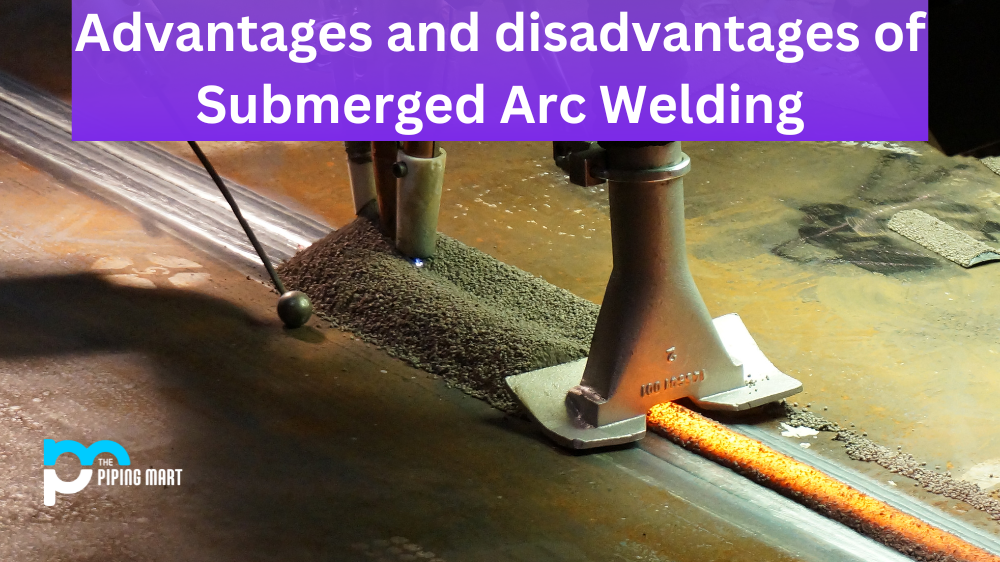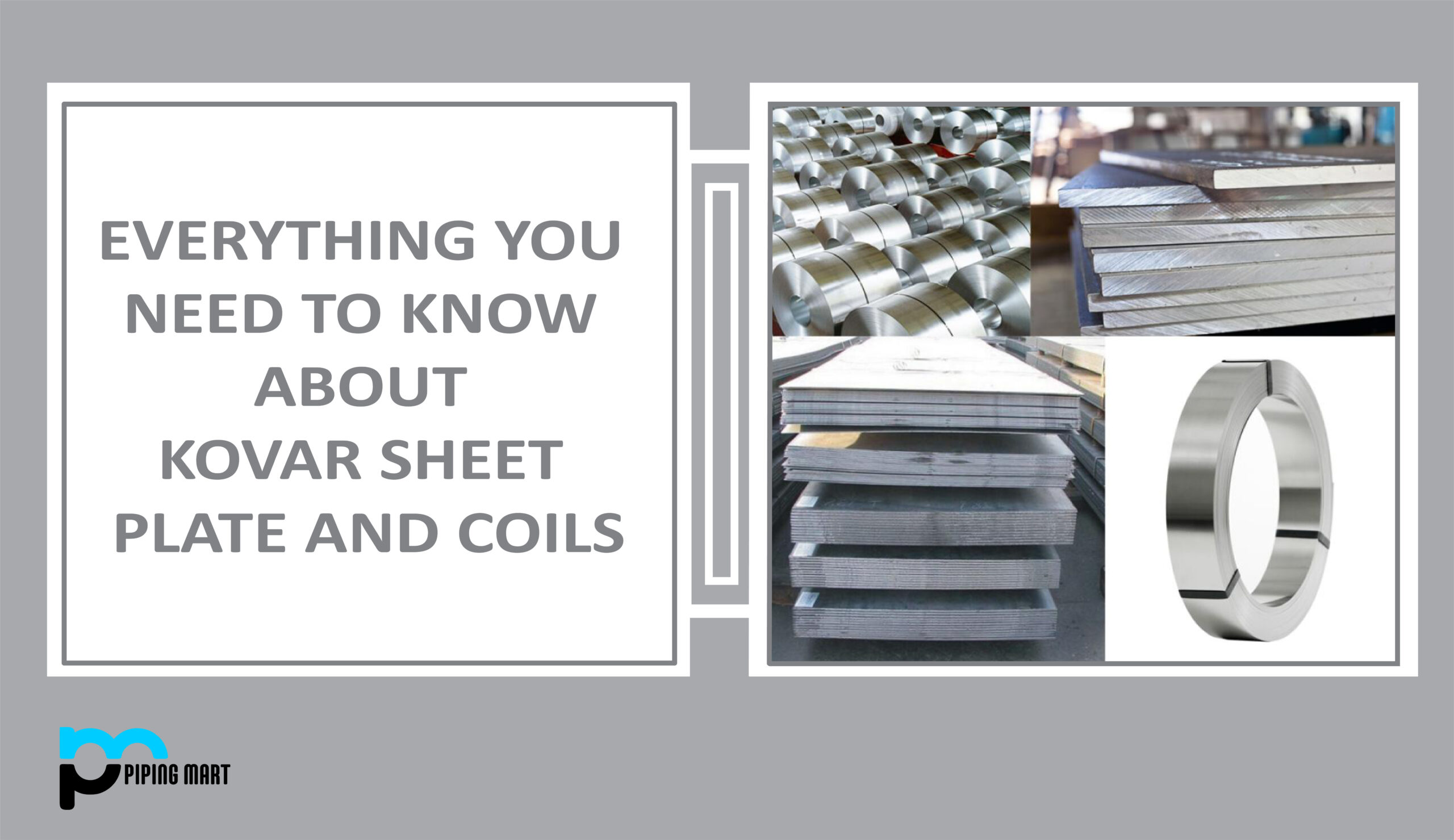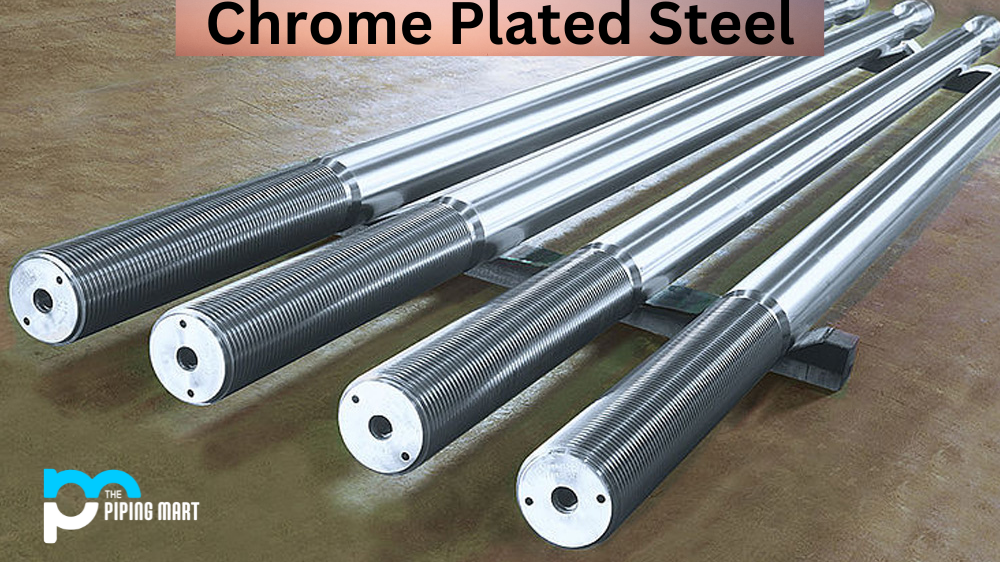Submerged arc welding (SAW) is an automated welding process that is used in a variety of industries. It’s particularly popular in the steel industry due to its ability to weld thick materials quickly and efficiently. As with any process, there are advantages and disadvantages to consider before deciding if SAW is right for you. Let’s take a closer look at some of the pros and cons of this popular welding technique.
Advantages of Submerged Arc Welding
The biggest advantage of SAW is its speed and efficiency. Because the electrode is submerged under a layer of flux, it can be used to weld thicker materials much faster than other welding processes. Additionally, because the SAW process is automated, there’s less risk of human error, which helps improve accuracy and consistency. The lack of exposed sparks also makes it safer than other welding techniques since there’s no risk of fire or injury due to flying sparks. Lastly, since it produces fewer fumes than other processes, it’s better for both indoor and outdoor work environments.
Fewer Pesticides
One of the primary benefits of organic foods is that they contain fewer pesticides. Pesticides are chemicals that are used to kill insects or other organisms that may harm crops. While pesticides can help to increase crop yields, they can also be harmful to human health. Numerous studies have linked exposure to pesticides to a variety of health problems, including cancer, reproductive issues, and neurological problems.
More Nutritious
Organic foods have also been shown to be more nutritious than non-organic foods. A study published in the British Journal of Nutrition found that organic fruits and vegetables contain higher levels of vitamins and minerals than their non-organic counterparts. The study also found that organic foods contain higher levels of antioxidants, which are beneficial compounds that can help to protect the body against disease.
Better for the Environment
Organic farming practices are also better for the Environment than traditional farming practices. Organic farmers use methods such as crop rotation and cover crops to improve soil health, which helps to reduce water pollution and soil erosion. Additionally, organic farmers often use less energy than conventional farmers as they do not rely on synthetic fertilizers or pesticides, which require a great deal of energy to produce.
No Genetically Modified Organisms
Another benefit of organic foods is that they do not contain genetically modified organisms (GMOs). GMOs are plants or animals that have been created through genetic engineering, a process in which genes from one organism are inserted into another organism in order to create a new variety with desired traits. Some people believe that consuming GMOs may be harmful to human health, as there is currently no long-term data on the safety of consuming them.
Animals Are Treated Better
Organic standards also require that animals be treated better than those raised on conventional farms. For example, organic chickens must have access to the outdoors, while those raised on conventional farms typically do not. Organic cows must also be fed a diet that is free from growth hormones and antibiotics.
Disadvantages of Submerged Arc Welding
One major disadvantage of SAW is that it requires more equipment than other welding processes, which can increase costs substantially. Additionally, because the flux covers the weld area, you can’t visually inspect your work until after it’s been completed, which means you have little control over the quality until after the fact. Finally, SAW requires highly-skilled operators who are able to monitor both the machine settings as well as their own performance so that they can achieve consistent results every time. This means additional training costs must be taken into consideration when choosing this type of welding process.
Limited to Thick Materials
One of the primary disadvantages of submerged arc welding is that it is limited to thick materials. This is because the welding process requires a large amount of heat, which can be difficult to generate when welding thinner materials. Additionally, thinner materials are more likely to warp when exposed to the high temperatures involved in submerged arc welding.
Requires Expensive Equipment
Another disadvantage of submerged arc welding is that it requires expensive equipment. This includes a power source, welding torch, and wire feeder, as well as a cooling water system to prevent the weld from overheating. Additionally, the welding process produces a great deal of smoke and fumes, which require special ventilation systems to remove.
High Levels of Skill Required
In addition to requiring expensive equipment, submerged arc welding also requires a high level of skill. This is because the welding process is very complex and requires the welder to have a great deal of control over the welding torch and wire feeder. Consequently, it is not a suitable welding process for beginners or those with limited experience.
Slow Welding Speed
Another disadvantage of submerged arc welding is that it has a relatively slow welding speed. This is due to the fact that the weld pool must be kept molten for the duration of the weld, which requires a lower wire feed speed than other welding processes. Additionally, the large amount of heat involved in the process can make it difficult to achieve high weld speeds without damaging the material being welded.
Limited Visibility
Finally, another disadvantage of submerged arc welding is that it has limited visibility. This is because the weld pool is hidden beneath a layer of slag, making it difficult to monitor the progress of the weld. Additionally, this can make it difficult to detect defects in the weld, which can lead to problems later on.
Conclusion:
Submerged arc welding (SAW) has many advantages but also comes with some disadvantages as well. Its speed and efficiency make it ideal for thicker materials such as steel, while its automated approach reduces potential errors from human operators. On the downside, SAW requires more equipment than other welding processes, which can increase costs substantially as well as highly skilled personnel to ensure consistent results every time. Weighing these factors should help you decide if this type of welding process is right for your needs or not.

Pipingmart is a B2B portal that specializes in metal, industrial and piping items. Additionally, we share the latest information and information about materials, products and various types of grades to assist businesses that are involved in this business.




